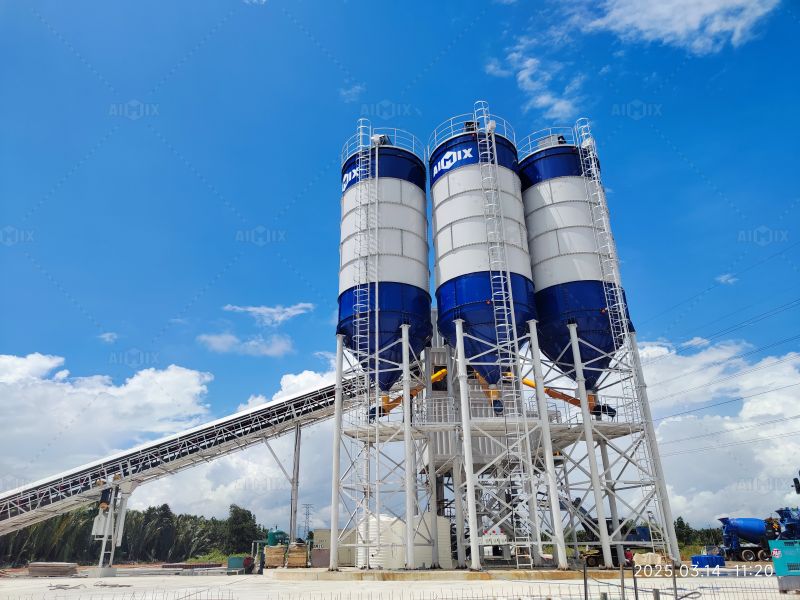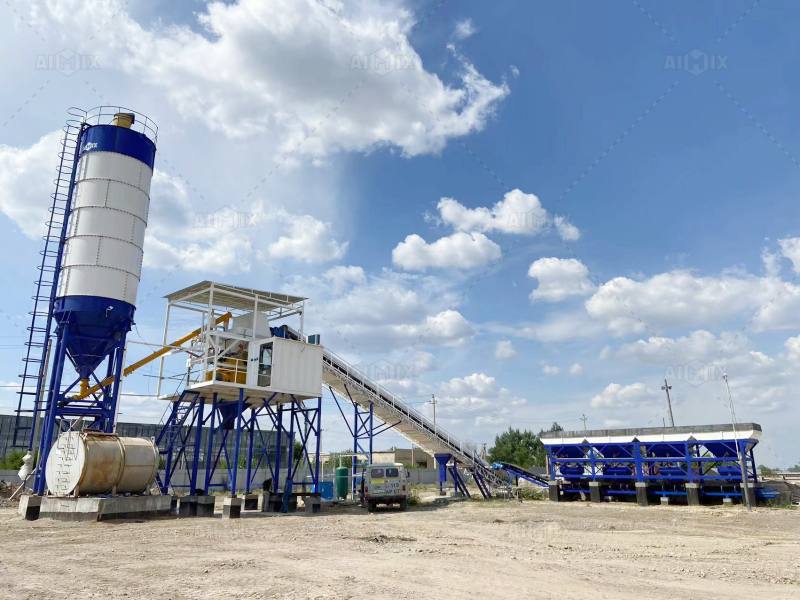In the 21st century, urbanization has become a defining force shaping global economies, infrastructure development, and construction practices. As cities expand and new urban centers emerge, the demand for high-quality, timely, and large-scale concrete supply has risen sharply. In this evolving landscape, the ready mix batching plant has emerged as a cornerstone of modern construction—delivering efficiency, consistency, and sustainability to meet the demands of rapid urban growth.
This article explores how urbanization is directly fueling the need for ready mix batching plant solutions, the role these plants play in fast-paced construction projects, and how developers, governments, and contractors are adapting their strategies to meet future needs.

According to the United Nations, over 56% of the global population now lives in urban areas—a number expected to rise to nearly 70% by 2050. Key drivers of urbanization include population growth, economic development, improved infrastructure, and the migration of rural populations to cities for better opportunities.
Regions leading this trend include:
All of these regions are experiencing increasing demand for housing, transportation networks, water systems, commercial buildings, and social infrastructure—each requiring large volumes of high-quality concrete.
The construction industry has traditionally used on-site mixing methods for concrete. However, with increasing complexity and scale of urban construction, ready mix batching plants offer unmatched advantages:
Ready mix plants ensure strict control over concrete mix proportions, water-cement ratios, and mixing time. This results in uniform, high-quality concrete, essential for high-rise buildings, bridges, tunnels, and infrastructure that require durability and safety compliance.
Urban construction often works under tight schedules due to land costs, traffic constraints, and contractor deadlines. Ready mix batching plants enable faster production and delivery, significantly reducing on-site preparation time.
Space is at a premium in cities. On-site mixing requires large material stockpiles and equipment, which can disrupt traffic and consume valuable space. By using centralized ready mix plants, developers can reduce their on-site footprint.
Modern urban centers enforce strict environmental regulations regarding dust, noise, and waste. Ready mix plants are equipped with pollution control measures, and produce less waste compared to manual on-site mixing.
For large infrastructure projects such as metros, airports, and smart city developments, batching plants reduce labor costs, eliminate material overuse, and improve operational control, leading to significant long-term savings.

The global housing shortage is prompting governments and developers to build vertically. These projects require precision-mixed concrete delivered in volumes and speeds that only ready mix plants can provide.
Massive investments in urban roads, subways, bridges, and overpasses rely heavily on concrete. Ready mix batching plants provide the continuous supply and structural reliability needed for long-span structures and high-load applications.
Office towers, malls, schools, hospitals, and government buildings demand aesthetic finish, structural soundness, and timely completion. Ready mix plants ensure tailored concrete mixes, including high-strength and self-compacting varieties.
The smart city movement requires sustainable, technologically integrated infrastructure. Many of these projects adopt low-carbon concrete and energy-efficient materials—supplied best by modern, automated ready mix batching plants.
Urban environments present logistical challenges, such as traffic congestion, delivery delays, and zoning limitations. To adapt, manufacturers are offering:
These urban-friendly models help contractors maintain a continuous concrete supply without violating local restrictions.
Many governments are actively promoting the use of ready mix batching plants for large-scale urban projects due to:
As a result, ready mix batching plants are not only industry-preferred but also policy-supported in urban development zones.

Urbanization will continue to influence how ready mix plants are designed and operated. Key future trends include:
These innovations will make ready mix batching plants more responsive to the fast, clean, and intelligent construction demands of future cities.
The growth of urban centers across the globe is reshaping construction practices—and at the core of this transformation is the increasing reliance on ready mix batching plant solutions. These plants not only meet the demands of high-volume, high-precision concrete supply, but they also align with urban challenges such as limited space, environmental restrictions, and tight timelines.
As governments and contractors plan for sustainable, efficient urban growth, ready mix batching plants will continue to be an indispensable part of the solution. Whether for high-rise buildings, transport networks, or smart cities, the integration of ready mix technology is not just a trend—it's a necessity in the age of rapid urbanization.